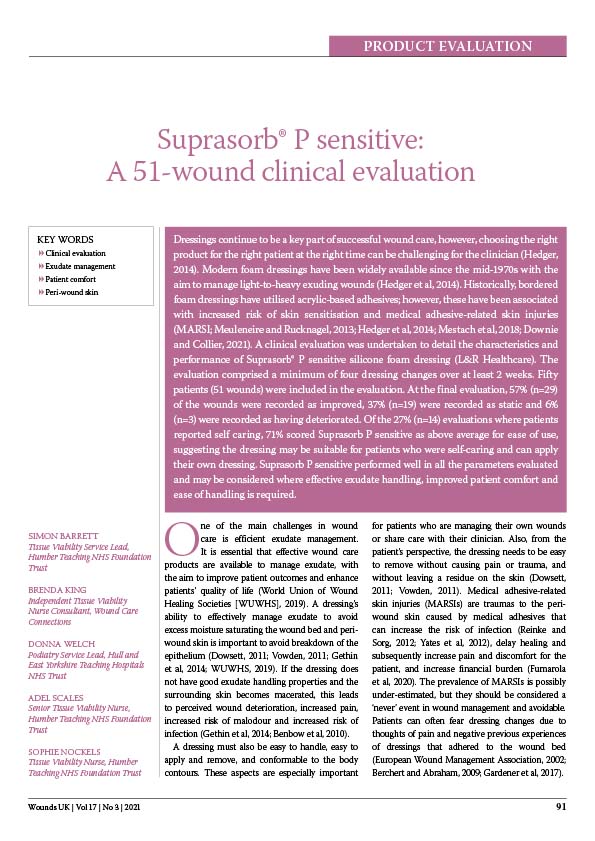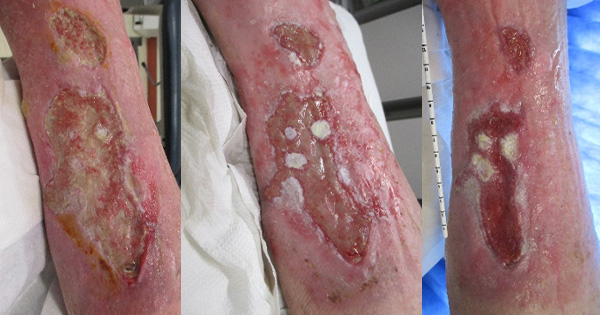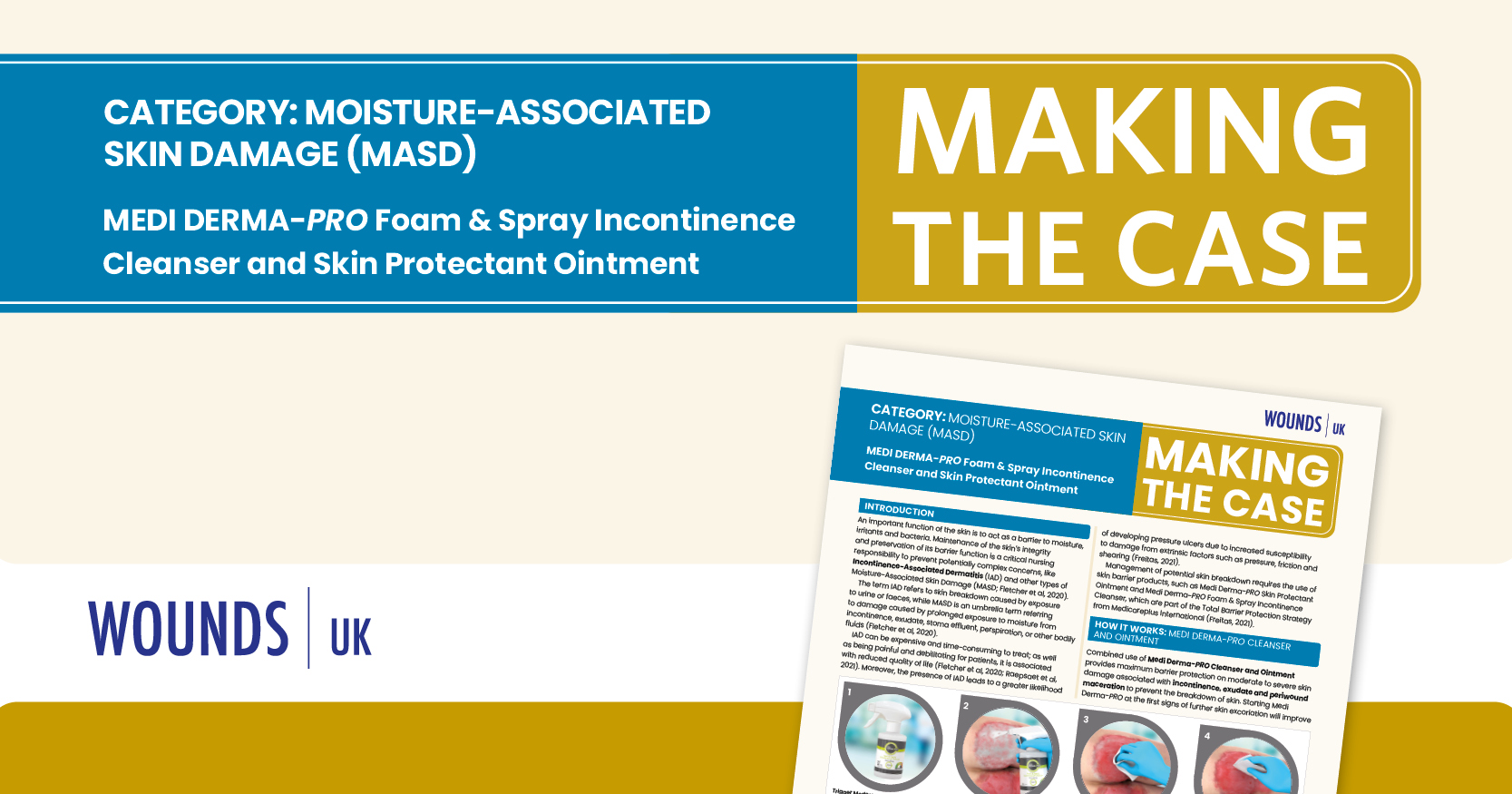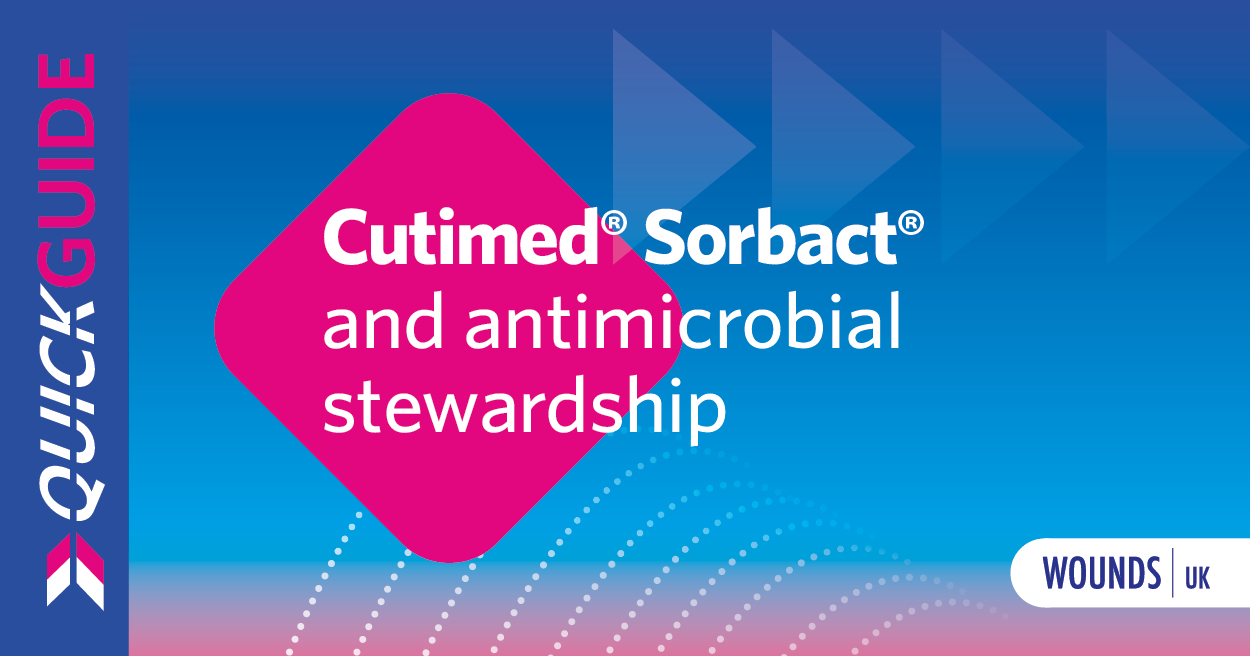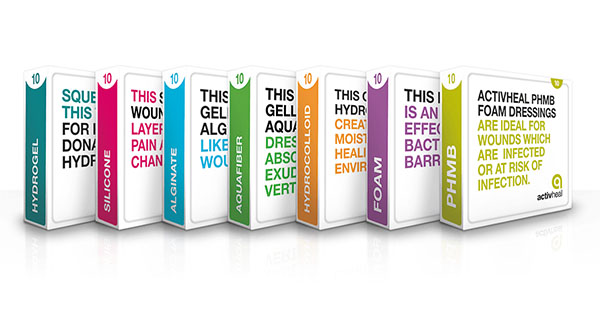Dressings continue to be a key part of successful wound care, however, choosing the right product for the right patient at the right time can be challenging for the clinician (Hedger, 2014). Modern foam dressings have been widely available since the mid-1970s with the aim to manage light-to-heavy exuding wounds (Hedger et al, 2014). Historically, bordered foam dressings have utilised acrylic-based adhesives; however, these have been associated with increased risk of skin sensitisation and medical adhesive-related skin injuries (MARSI; Meuleneire and Rucknagel, 2013; Hedger et al, 2014; Mestach et al, 2018; Downie and Collier, 2021). A clinical evaluation was undertaken to detail the characteristics and performance of Suprasorb® P sensitive silicone foam dressing (L&R Healthcare). The evaluation comprised a minimum of four dressing changes over at least 2 weeks. Fifty patients (51 wounds) were included in the evaluation. At the final evaluation, 57% (n=29) of the wounds were recorded as improved, 37% (n=19) were recorded as static and 6% (n=3) were recorded as having deteriorated. Of the 27% (n=14) evaluations where patients reported self caring, 71% scored Suprasorb P sensitive as above average for ease of use, suggesting the dressing may be suitable for patients who were self-caring and can apply their own dressing. Suprasorb P sensitive performed well in all the parameters evaluated and may be considered where effective exudate handling, improved patient comfort and ease of handling is required.

